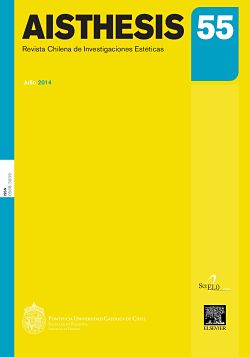Territory of Conflict: Language and Childhood in Two Latin American Films
Main Article Content
Abstract
The present article proposes an exploration of the link between childhood as a cultural concept, and sociocultural issues related to language acquisition. Two films are examined: Shunko (1960) by Lautaro Murúa and Dungún, la lengua (2012) by Pamela Pequeño, both films involve indigenous people main characters. The analysis focuses on how the films show, through their narrative strategies and the use of subtitles as a translation tool, the subtle conflict between childhood, language and colonial subject.
Downloads
Article Details

This work is licensed under a Creative Commons Attribution-NonCommercial-ShareAlike 4.0 International License.
All contents of this electronic edition are distributed under the Creative Commons license of "Attribución-shareAlike 4.0 Internacional" (CC-BY-SA). Any total or partial reproduction of the material must mention its origin.
The rights of academic works published in this publication belong to their authors., who grant to AISTHESIS: Revista Chilena de Investigaciones Estéticas the license for its use. The management of the permits and the authorization of the publication of the images (or of any material) that contains copyright and its consequent rights of reproduction in this publication is the sole responsibility of the authors of the articles
